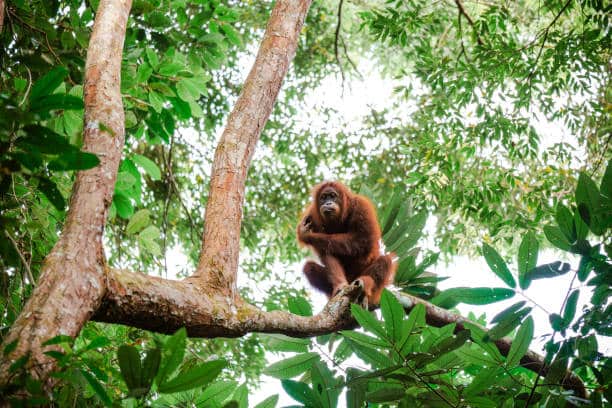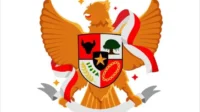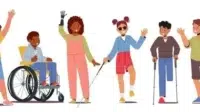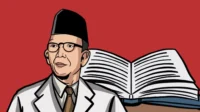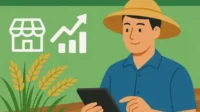Forest located in the territory of the Unitary Republic of Indonesia (NKRI) are natural resaurces controlled by the state. This is emphasized in the Republic of Indonesia Law Number 41 of 1999 Concerning Forestry in Article 4 Concerning Forestry.
Forest areas are controlled by the state because of the important function of forest as buffers for environmental and forest ecosystems as well as capiyal (land) which is important to support the economy, because in forest areas there are raw materials that are important for the production process.
Law No 41 of 1999 also serves as a legitimatoin that allows forest areast to be converted into areas for the industrial sector. Changes in the function of this forest area are regulated in Article 19 and Article 38 also regulates the use of forest areas for development purposes outside of forestry activities.
It is also hoped that policies based on this law will have an important and strategic impact on the economy of a region, so it is hoped that changes in the function of forest areas will not only directly affect the area of Indonesia’s forest, but will also affect the indonesian economy.
City design issues are closely related to the use of space that is safe, confortable, productive and sustainble. This utilization will have an impact on the social economic structure, culture, politics and physical changes in urban areas.
An urban forest is an expanse of land that that grows compact and dense trees in an urban area. The location of the city forest is located on state land or private land, which is designated as local government forest (Republic of Indonesia Government Regulation No 63 0f 2002).
The function of urbant forests is to improve and maintain the microclimate and aesthetic value, absorb water, create balance and harmony in the phisical environment of the city and support the preservation of Indonesia’s biodiversity.
Urban forest is an approach and application of one or several forest functions in urban vegetation groups to achieve thr goals of protection, recreation,aesthetics and other functional uses for the benefit of urban communities.
For this reason, urban forest does not only maen forests in cities, but can also maen that urban forests can be composed of forest components and other vegetation groups in cities, such as city parks, green belts, as well as gardens and yards.
So urban forests sre green open spaces that are overgrown with trees, consisting of forest in or near cities, gren belst, roadsides and road dividing lanes that are overgrown with trees, roadsides and other other means of land transportation and places, recreation such as city parks and golf courses.
Meanwhile, the environment itself is a space occupied by living creatures along with living and non-living objects. Closely related to this environment is the ecosystem, where the urban forest is an ecological system formed by reciprocal relationships between living things and their environment. Urban ecosystem can experience disruption along with disruption to the living environment.
Penulis: Muhammad Haikal Adri (NIM: 2307035029)
Mahasiswa Pendidikan Bahasa Arab Universitas Muhammadiyah Prof. Dr. Hamka
Editor: Ika Ayuni Lestari
Bahasa: Rahmat Al Kafi
Ikuti berita terbaru di Google News
Daftar Pustaka
Maha, R., & Masbar, R. (2018). Pengaruh Alih Fungsi Lahan Kawasan Hutan Terhadap Perekonomian Indonesia. Jurnal Ilmiah Mahasiswa Ekonomi Pembangunan, 3(3), 318-329.
Maulana, R., Riska, A. S., & Kusuma, H. E. (2021). Fungsi Hutan Kota: Korespondensi Motivasi Berkunjung dan Kegiatan. Jurnal Lanskap Indonesia, 13(2), 54-60.
Sundari, E. S. (2010). Studi untuk menentukan fungsi hutan kota dalam masalah lingkungan perkotaan. Jurnal Perencanaan Wilayah dan Kota UNISBA, 7(2), pp-68.

